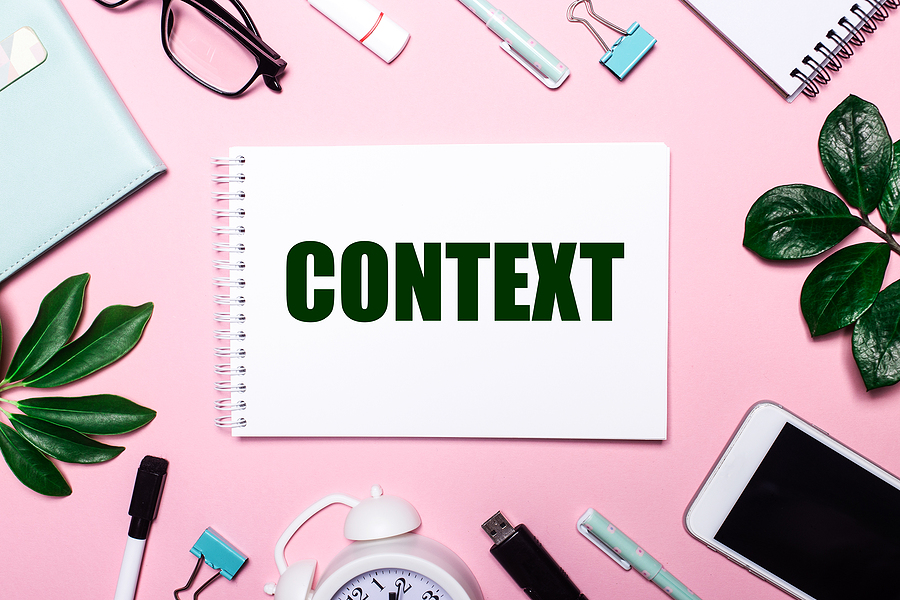A word or two about the importance of recognizing context
In some languages, there are words that appear to be exactly the same to a foreign eye, yet mean quite different things. These same words may even be pronounced exactly the same way. So, how do the people who speak languages like these understand which of several possible alternative words and meanings they are hearing? The answer is that it is all in the context in the words and sentences are embedded. For example, the arm of a business is understood to be a branch of the business, not a real human arm! It’s not a natural plant branch, either!
What is contextual translation?
Recognizing context is an important part of learning to use a new language and certainly translating or interpreting another language. Good translators understand the importance of context and may use what is called contextual translation in place of a literal translation. The contextual translation may be a small or large part of a translation project depending on the precise nature of the content. For example, scientific translation tends to be very specific. There are usually fewer possible alternatives that could be sued when choosing the right words in another language compared to marketing and literary translation.
Types of context
When considering contextual translation, the two main aspects to consider are:
- Linguistic context; and
- Situational context.
Linguistic context is necessary when choosing the right word to use in the right context as the same word may be an adjective, a noun, or a verb, depending on the context! What part of speech it is then determined where it sits in a sentence. Most languages have grammatical rules about how subject, object, and verb are situated in a sentence. Getting the linguistic context wrong can cause confusion and even displeasure.
Situational context is also important as the same words when literally translated may have no direct equivalent that can be used, or the same word when translated out of context may be socially, culturally, or even politically unwise.
Human versus machine translation
Nowhere is the potential problem of ignoring the context in translation more obvious than when machine translation technology is used. These automated translation technologies are rapidly becoming more and more advanced and no doubt at some point will replace human translators just like automatic doors replaced physical ways of opening them or self-service checkouts at supermarkets have replaced cashiers (mostly!). However, at the current time of writing this blog, no machine translation system is quite able to replace a human translator because of the difficulty in recognizing context. Some translators do use machine translation to slash the time taken to translate a chunk of text but then go through the translated material carefully to edit, improve and modify where necessary so that the translated copy sounds natural and appropriate to its readers.


















